So let’s all be perfectly honest, and straight forward. This is a safe place after all, yeah? Starting things is HARD. Ending them I think we can all agree is harder, but starting carries a specific kind of mania that seems to lay bare before the universe all of our pent up worries fears and desires in a kind of wibbly-wobbly ego-volcano. Am I right? I don’t mean the conceptual beginnings of things. Thinking up a thing to make is really the best and most fun part: it carries the least amount of consequence and is in effect all play time. It’s getting out go the psychic sandbox, putting your hands to the work, that’s when things get weird and interesting.
One of the great fallacies of creating things is hooked precisely into this white-canvas terror syndrome, and largely much of the fuel that ignites the concerns is psychological… and its based on a lie. We are told and taught to believe we create out of whole cloth. That we are like gods waving existence into being like Gandalf with a brush, charcoal or Apple Pencil. This myth is what’s behind the questions we all get all of the time forever and ever: “Where do you get your ideas from?”, or, “I don’t know how you came up with that,”. The truth of the matter is that art is not a pure act of creation. It’s most persistent truth is that the creative endeavor is really, at its foundational core, an act of EDITING. We mistake the fear of the white canvas for not knowing where to start when in fact it’s actually about what to start with. These seem the same but the difference is tectonic: “Where to start” denotes a sense of what to begin with in the let-there;be;light fashion, whereas “What to start with” is about making a choice. Art in any form, whether you’re on a stage, dancing, crafting a song, or drawing a picture is all about choices. That’s what make s it hard I think. Every choice negates possible other options. It’s a reductive exercise and essentially good art has to be. A successful story is as much about what it leaves out as what it includes and the same is true of any painting. The terror of the white field and all its apparent promise dissolves like morning fog the moment a mark is made. The white hot scream of the infinite universe suddenly has planet to stage life on.
I know some artists who attack this like a wild animal and the moment they can scrub a wash over a canvas to dispel the magic it’s nothing ness seems to beg after. In painting where layers are all this is an easy thing for any bad mark or errant tonality can be removed painted over… nothing in a painting is forever and nothing as as a consequence of that power, ever really finished. What’s the saying? “Paintings are never complete, they just stop at interesting places”. With drawing it’s different. Choices have consequences, planning can be essential but can also starve out the spontaneity one needs to make the piece sing.
Lately, speaking for myself, I’ve been engaged in both a lot of very detailed hyper real poster and film based work for Mondo, Criterion, and other studios in making work that’s used and reflects detailed likenesses and specific keynotes to reflect, enhance and encourage an audience towards the film… or reward them later with a proper and honorable memento of the experience. My graphic novel I’m working on, MEADOWLARK, is a different affair in that it’s many many pictures and simpler basic line work. Whatever foibles of character or position are set within an otherwise symphony of text, design and other pictures all singing the song of the narrative. A flautist blowing a bad not in an orchestra as opposed to stumbling alone on a stage in a solo. Entirely different worlds. For the detailed work, especially for character pieces like my new poster for Jennifer Kent’s remarkably brutal and powerful new film, THE NIGHTENGALE, must stick its absolute best landing by way of a portrait of Aisling Franciosi’s extremely complex visage wherein she can exude a sense of fury, pain, regret and cold murderous violence wrapped in beauty. The piece dies or lives in how well this gets captured and as a result in this specific case, the white canvas, metaphorical or actual, all comes down to beginning with that face. I’ve said it many times before, that the secret to any of the Twin Peaks work, or the Game of Thrones series is all about grabbing hold of the characters in a truthful way. (Truthful being notably different than real, please take note), is to get the eyes right. Then the nose and mouth. Stick these together properly and the rest will fall into place. Get them wrong, the rest, no matter how terrifically executed, is irrelevant. So the first steps at reduction are of course, aside from being a basic aspect of editing, about these basic forms. And the rule holds- it’s one of the few rules I’ve found that has for me at least, never proven wrong. When I’ve pushed past a bad likeness thinking I can let the rest solve it later, I’ve had to start from scratch again or redraw and cut and paste in a better crack at the likeness. ( I promise to devote a later blog post entirely to the likeness conundrum at a later date).
The reason I’m leaning so hard on this idea of creating as an act of editing, as obvious and mundane as it sounds , is largely because for me, it rang like a gong of heaven when I realized it. And I only came to really understand this reality consciously recently. Like within the last 5 years recently. and I’m 48 now. (so forgive yourself, young turks, if you’re only coming to it now, for like as note you’ve beat the bell by actual decades).
What’s significant about the revelation is that it makes the starting of a new piece suddenly easier. It’s like being reminded that while walking the Hal;ls of your high school feeling weird and goofy and seen in ways you don’t like and worried you’re showing shit you would;d prefer not to… that everyone else is having the same psychotic episode. There’s a comfort to the reduction. The mountain that seemed so daunting at a distance is suddenly smaller and traversable. The Anton Chekov play that upon a first glance gives you the fits, becomes conquerable once on the stage at rehearsal. There’s suddenly something to hang on to, to erase to build from… the choices become obvious and actual. The elephant you aim to eat can be done one bite at a time now.
Now this principle can also be applied forward to dispel you from the mistake of feeling the need to fill every nook and cranny of your painting or drawing with painting and drawing. Negative space is positive space too, but that’s a river for another boat at another time…
SO I close with the command to get out there and be not afraid of the phantasmic lie of the white canvas and its infinite possibilities. You have a plan or trust that you will find one along the way. Make marks. Make noise. Cause trouble. Shrink the infinite Goliathto a size you can throw a lasso around and ride it through to its finish. The hard part, the truly difficult parts are coming, so best to get on with it.
You’ve got this.


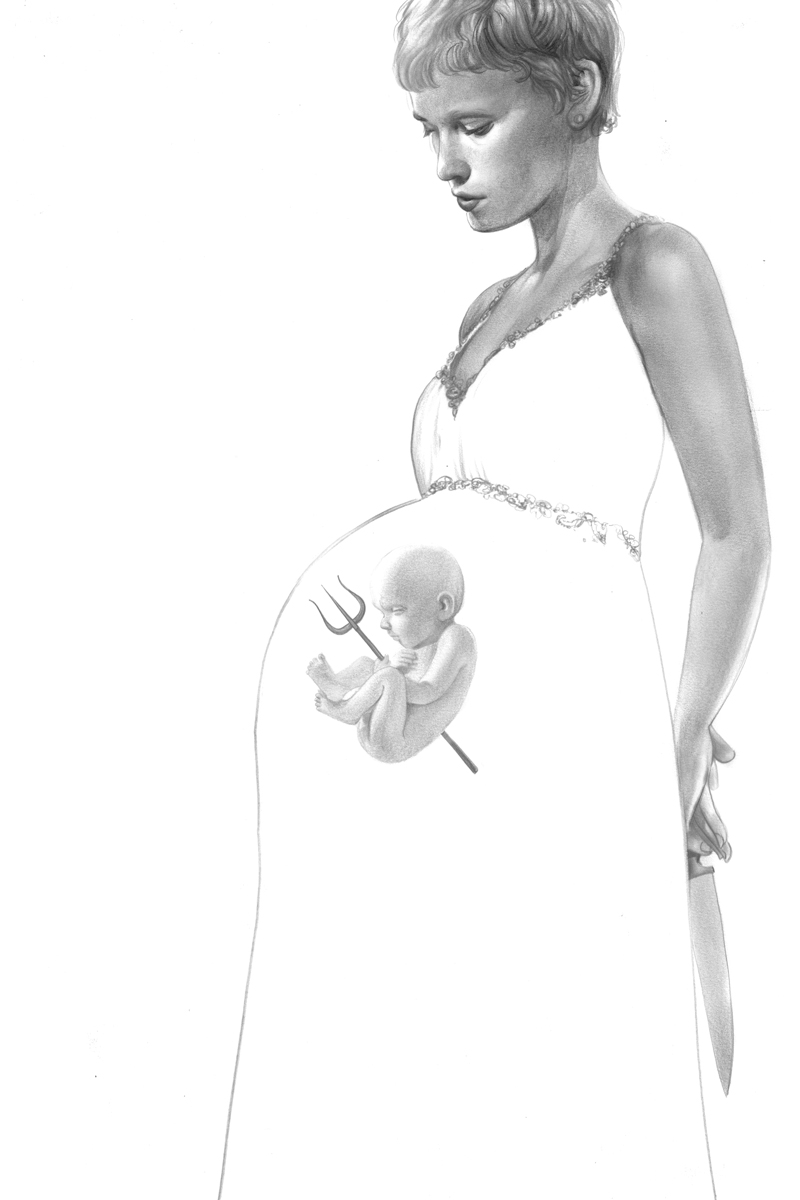
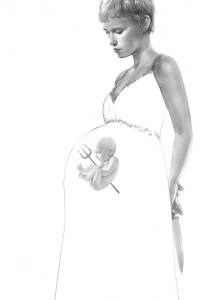
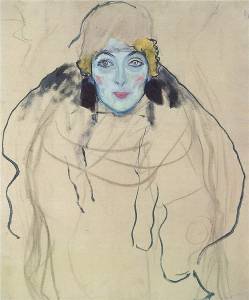
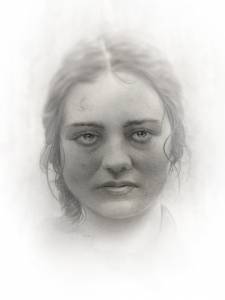

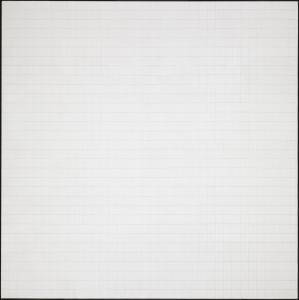
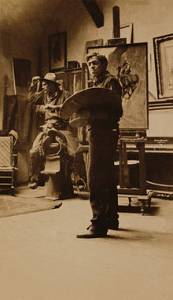
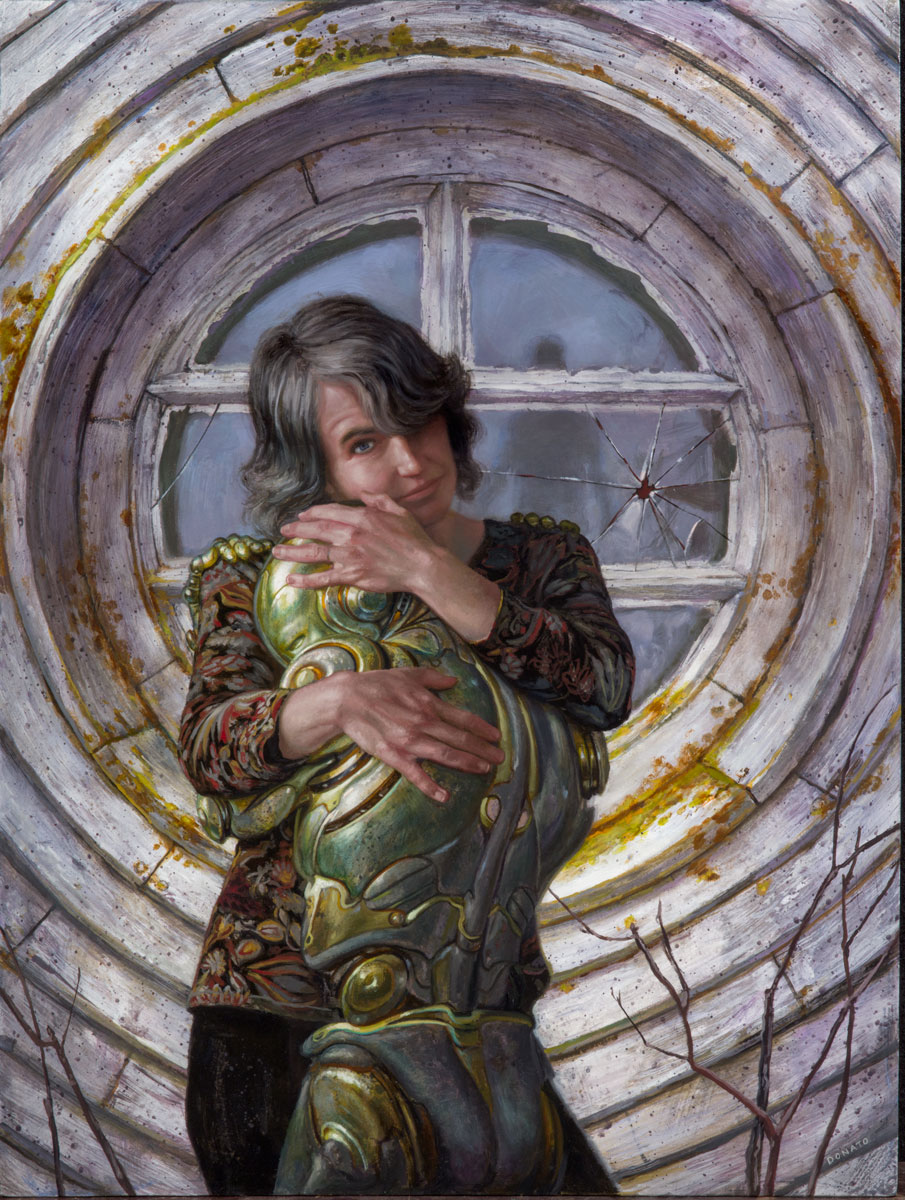
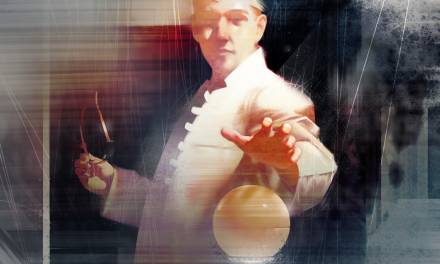
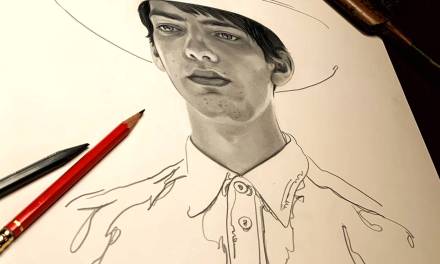
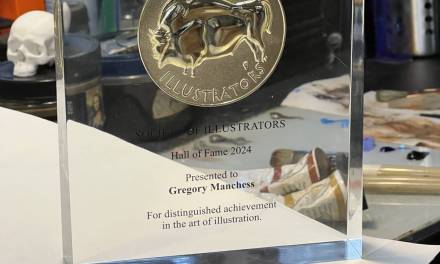

Recent Comments